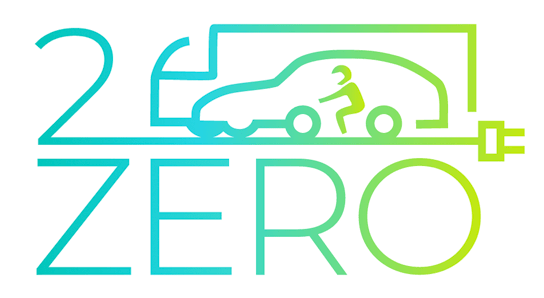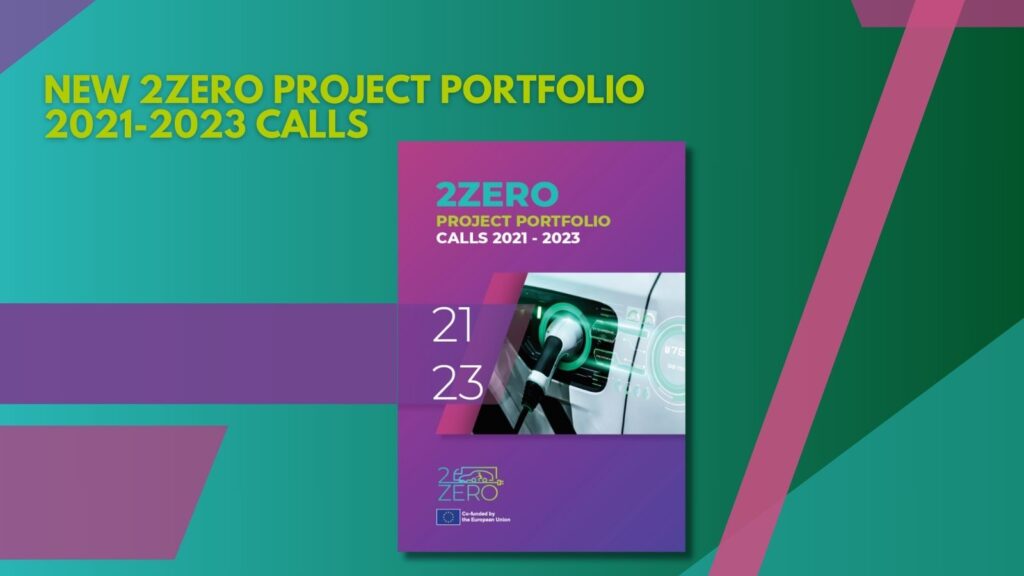CliMAFlux
Circular design and manufacturing techniques for next-generation highly-efficient integrated axial flux motor drives for electric vehicles

- Framework: Horizon Europe
- Type: R&IA
- Status: Ongoing
- Category: Electrification (FEV/PHEV) and Optimisation and Energy Efficiency
- End Date: 31/12/2026
- Website: https://climaflux.eu/
Electric traction machines are at the heart of the transition towards a zero tailpipe emission road mobility landscape, with their performance and cost directly impacting the attainable market penetration of electric vehicles. To accelerate the transition, next-generation electric motors need to push the existing boundaries in terms of efficiency, power density, manufacturability, cost, and environmental sustainability. A reduced and more circular use of rare earth resources is critical to reinforce Europe’s strategic autonomy and establish a more economically sustainable value chain. Recently developed axial flux motor technology based on a yokeless and segmented armature topology yields promising prospects in all these areas, significantly reducing the required amount of rare earth magnet material by design, and combining this with unmatched power density compared to state-of-the-art radial flux machines.
CliMAFlux will develop novel concepts (e.g. in terms of excitation and cooling) for more performant (e.g. >35% energy loss decrease in driving cycles) axial flux motors, thus reducing the need for rare earth materials by 60%, leveraging high-fidelity multiphysics models (e.g. electromagnetic, thermal, mechanical, and at the system level) and digital twins. Innovative designs and manufacturing processes will be proposed to: (i) increase the power density to >23 kW/l, through novel materials and improved thermal behaviour; (ii) enhance circularity over the lifetime (including >70% recyclability at the end of life); and (iii) ensure cost competitiveness (50% cost reduction) at mass production level (reaching ~€5/kW). The CliMAFlux on-board motors are integrated with the power electronics and mechanical transmission systems. The resulting electric drives will be managed by robust predictive controllers based on the CliMAFlux digital twins, including artificial intelligence (AI) prediction models, which will also facilitate novel functionalities in vehicle (sub)systems, hereby exploiting the full capability of the complete electrified drivetrain. The individual motor (with focus on approx. 90 kW continuous power) and integrated drive system will be benchmarked over a wider range of vehicles, in terms of both performance and environmental impact, on virtual (X-in-the-Loop with digital twin) and hardware test platforms up to TRL7, i.e. on a research electric vehicle already available at the consortium participants. To achieve these ambitious targets, CliMAFlux brings together the competences of 4 academic partners, 1 industry-oriented RTO, 3 SMEs and 1 LE with dedicated R&D and production facilities in the fields of motor and transmission development, power electronics integration, electrified vehicle systems, automotive design, and life cycle assessment and costing aspects.
In summary, CliMAFlux will establish new knowledge and industrial leadership in key digital, enabling and emerging technologies, and, therefore, directly contribute to Europe’s Key Strategic Orientations C and A as well as actively support the transformation towards zero tailpipe emission road mobility (2Zero).

